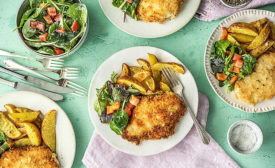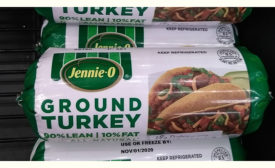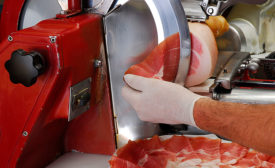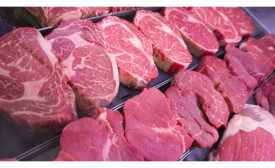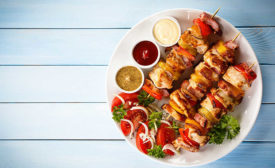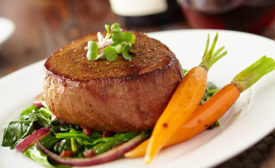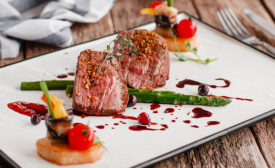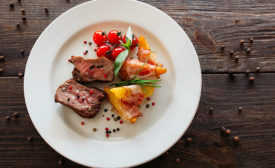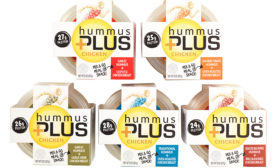Home » Keywords: » portion control
Items Tagged with 'portion control'
ARTICLES
Tech | Packaging
Chubs tick boxes on packaging wish list
Flexible packaging format appeals to consumers, retailers and processors.
Read More
Special Report | Portion Control Trends
Trimming the fat: pre-portioned meats offer ease and convenience
Read MoreSpecial Report
Portion control comes of age
Consumer interest in healthy eating and sustainability triggers the rollout of proteins in specifics size and weights.
Read More
Special Report | Portion Control
The challenges of smaller portions
The greater demand by shoppers and merchandisers for meat and poultry in specific portion sizes creates operational challenges for animal producers and processors.
Read More
Processing Tech
Maintaining portion control
Portion control is becoming more prominent as the size of meat and poultry carcasses expand and consumers seek more manageable and economical protein selections.
Read More
Portion control: Right shape, wrong size
More consumers seek specific amounts of meat and poultry, but processors and retailers face obstacles in supporting portion control.
Read More
Special Report
Portion control freaks
Health-conscious consumers still see benefits to keeping animal protein in their diet, but not if the portion sizes don’t fit their ideals.
Read More
Stay ahead of the curve. Unlock a dose of cutting-edge insights.
Receive our premium content directly to your inbox.
SIGN-UP TODAYCopyright ©2024. All Rights Reserved BNP Media.
Design, CMS, Hosting & Web Development :: ePublishing
